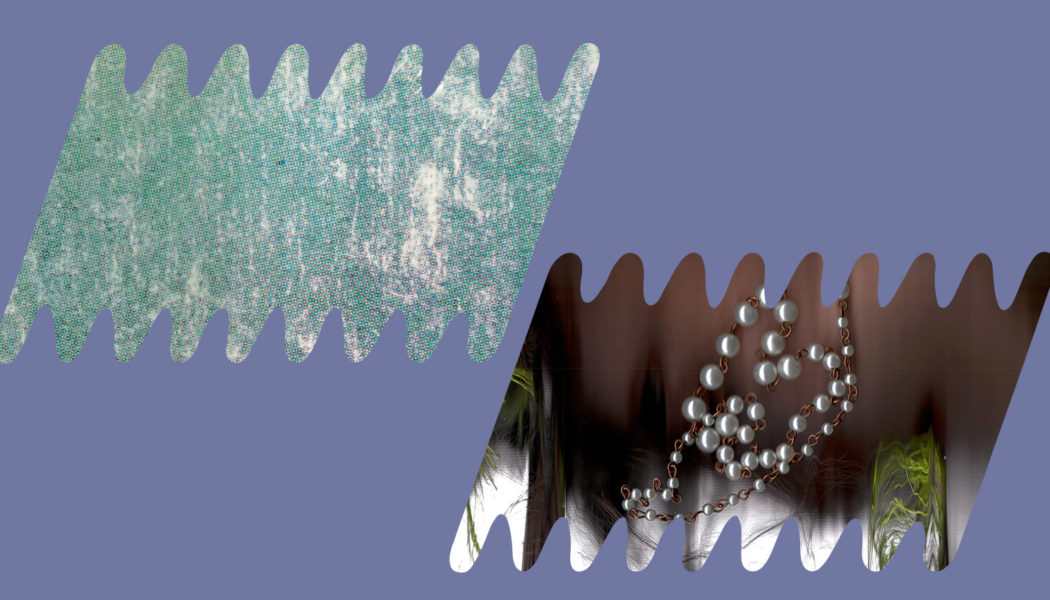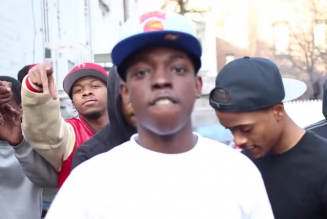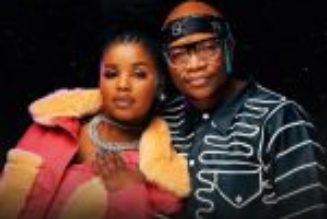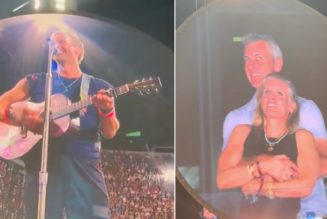BEST EXPERIMENTAL Marc Masters · January 26, 2023 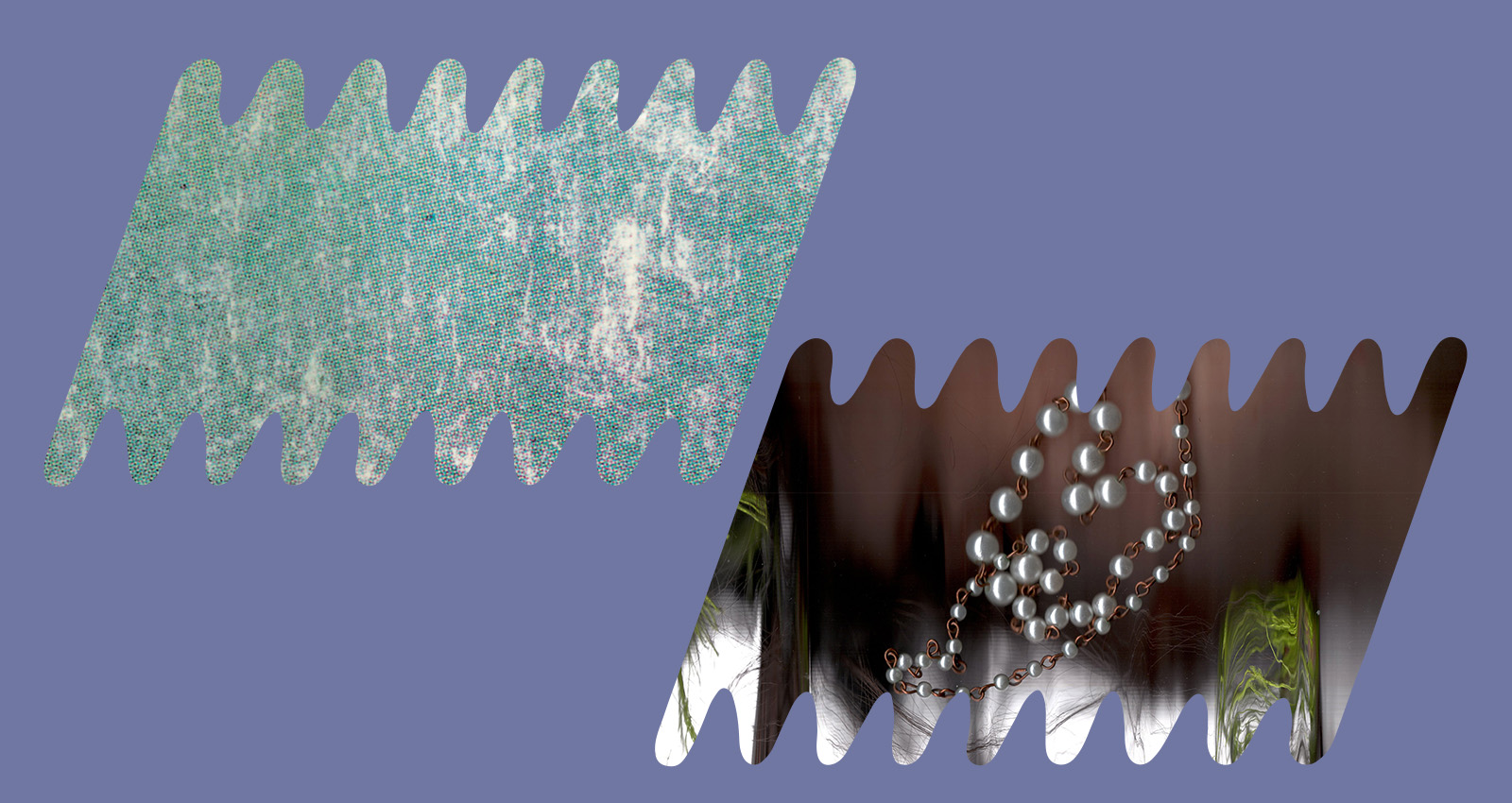
All kinds of experimental music can be found on Bandcamp: free jazz, avant-rock, dense noise, outer-limits electronics, deconstructed folk, abstract spoken word, and so much more. If an artist is trying something new with an established form or inventing a new one completely, there’s a good chance they’re doing it on Bandcamp. Each month, Marc Masters picks some of the best releases from across this wide, exploratory spectrum. January’s selection includes genre-mashing, shrieking noise-jazz; hydraulic sound submersion; and moving drones played on an instrument made of metal and glass.
Matt Evans
Soft Science
There’s a spirit of joy on Matt Evans’s latest tape Soft Science. The percussionist surrounds his multisyllabic beats and chopped up rhythms with colorful sounds, creating a kind of circus of bright, looping music. Evans is much too thoughtful a composer to paint everything in one shade, though, so there’s also a lot of complexity, nuance, and even darkness in the eight pieces here. But whenever I hear the climbing Reich-like chimes of “Hyperbolic Time Chamber,” the cracked hip-hop of “Scump,” or the happy melodic cycles of “Mount Neon,” my mood instantly improves, a pretty remarkable musical feat whatever the context.
Francesco Fonassi & Marta Salogni
l’ebbrezza delle grandi profondità
In the fall of 2021, Italian sound artists Francesco Fonassi and Marta Salogni collaborated for the first time, doing so in front of an audience. The results here come under a title that means “The Intoxication of the Great Depths,” and notes suggest the pair was inspired by Jacques Cousteau’s adventures at the bottoms of the sea. If so, they certainly captured that aura well, as everything is coated in a dark, muffled echo that suggests hydraulic submersion. Fascinating voices, noises, and other sonic events drift in and out of Fonassi’s sound sources and Salogni’s live tape manipulations. Rhythms buttress each piece, as loops of subliminal beat that push everything forward. The environment is busy and pulsing, if tantalizingly out of reach of human vision.
KAOGANAI
SAMPLE
Japanese group KAOGANAI thank “80’s NewWave” [sic] on their Bandcamp page, but their sound is much more ‘90s noise, in the best way. Apparently a duo with voice and samples from Assafuji and metal percussion from Kai, KOAGANAI grind and burn through six tracks of static, screams, feedback, and pounding rhythms. There’s a mechanistic quality to some of their music, as if they’re an assembly line with a stuck switch, but the band also varies their volume, pace, and tone in ways to create odd narrative arcs. Most of it is just pure catharsis, like the blasting dirge of “ENGINE,” which is filled with rattles and howls. SAMPLE gets its title from the fact that it is “a trailer for the [band’s] next work,” but what’s already here is a lot to handle.
Kult Koruth
Kult Koruth
Prague-based artists Anna Ruth and Michael Nechvátal have performed together multiple times, but Kult Koruth is their first release as a duo. The name combines their solo monikers—Ruth goes by Koruth, while Nechvátal uses Kult Masek—and the music itself also smoothly melds their individual approaches. With Nechvátal playing modular synth and Ruth contributing voice and loops, the pair makes music that is deceptively gentle, often starting calm and meditative before morphing into atmospheric storms. It’s tempting to call Kult Koruth ambient, as it certainly creates an environment, but there’s a core of busy improvisation at the heart of Ruth and Nechvátal’s symbiosis that thrusts their music into the foreground of your attention.
Alma Laprida
ensayos baschet
Composer and instrumentalist Alma Laprida has lived in the D.C. area for a few years now, but spent most of her life in Buenos Aires. Ensayos baschet was recorded in the latter in 2019, at the city’s Museum of Modern Art. Laprida plays the Cristal Baschet, a French instrument invented in the 1950s consisting of metal and glass rods which are rubbed with wet fingers to produce sound. The range of tones Laprida coaxes from this unique tool is pretty stunning; add the stirring echo of the room, and ensayos baschet becomes as enthralling as a good suspense film. Some tracks, like “cristal I,” are soothingly hymnal, but many others are chilling and even scary: take the groaning drones of “misterio y metal,” which, when played loudly enough, can rattle your bones.
Maltash
Barki
According to the album notes, Barki is Maltash’s “attempt to deconstruct Metal, Industrial, Experimental Hip Hop, Sludge and Tarab at the same time” [sic]. A pretty tough target to hit, but this Lebanese polymath sure makes it sound fun to try. Each of the seven tracks here teems with the energy of various musical streams crashing into each other, generating enough friction to feel like sonic wildfires. Many of the pieces have simple song structures and steady beats. But Maltash manages to ignite each one with spilling noise, especially in his sandpaper-textured guitar lines that often swallow everything else around them. It’s hard to say if he’s coined a new genre, but the reactions he discovers on Barki made it worth taking the shot.
Maggie Nicols / Mark Wastell
And John
Taken from two 2022 live performances, And John offers immediate proof of what skilled and responsive collaborators Maggie Nicols and Mark Wastell are. Both tracks are long—the first is 18 minutes, the second nearly 40—and give the pair ample opportunity to develop conversations. But “develop” seems like the wrong word for what happens, as Nicols’s voice and Wastell’s percussion are engaged and busy from the start, such that even their quieter moments crackle with tension. There’s a point about 25 minutes into “Such a Beautiful Place” where Wastell recedes and Nicols moves to the center, yet somehow it doesn’t seem any less of a dialogue, since even Wastell’s smallest sounds are meaningful.
河边走
Trio
It’s hard to tell who or what is behind the Chinese group 河边走 (which Google Translate says means “Walk By The River”). The two albums on their Bandcamp page were both released on New Year’s Day, and the only hints of information come in their titles (one suggests the band is a trio; the other includes the phrase “impromptu recording”). This mystery matches the music, a kind of reckless free improv, jazz-rock idiom that sometimes dives into murkier sonic waters. Across seven, mostly long-ish tracks, Trio‘s skronky, wiry sounds melt into larger drone-like currents, sometimes even sounding like a doom metal band playing underwater. But then there’s also the closer “波莱罗之夜” (“Bolero Night”), a bounding stomp that sounds like a Tom Waits hook repeated until everything falls apart.
Wasteland Jazz Ensemble
Wasteland Jazz Ensemble
Cincinnati-based horn duo Jon Lorenz and John Rich have made many scorching records under the name Wasteland Jazz Unit. But this double-album concocted with five collaborators—hence its release under Wasteland Jazz Ensemble—might be their most explosive effort yet. They immediately set the volume to high and speed to maximum, and almost never let up on either count. Evoking some of the most assaultive improv groups from the U.S., Japan, and England, the Ensemble adds tons of grit and texture, doling out horn noise, guitar shriek, and percussion chaos, all constantly hurtling forward. Wasteland Jazz Unit aren’t the first to make this kind of righteous racket and they won’t be the last, but when this record is drilling into your ears, it’s hard to think about anything else, musical or otherwise.
